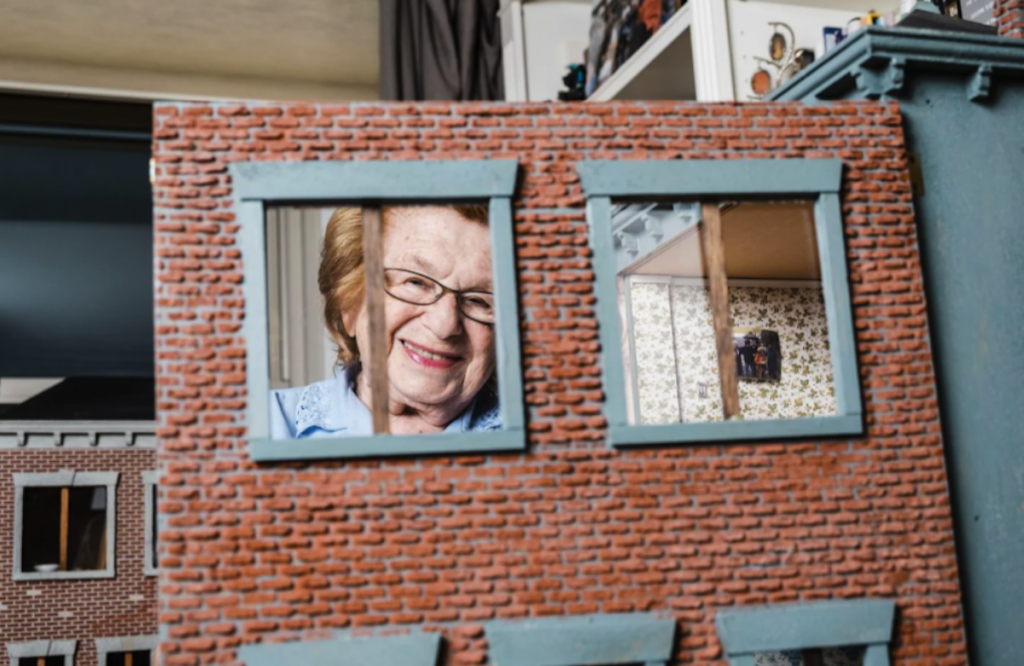NOTE
I have extracted the portions of two magazine articles for Dr. Ruth’s Dollhouses, one written by Ellen McCarthy of the Washington Post, the other by Matilda Feder on The Lilith Blog. I encourage you to read both articles in their entirety. Dr. Ruth Westheimer has had such an amazing life–so heartbreaking, and yet so uplifting. Learning more about it in these difficult times has made me feel less anxious. I hope it does the same for you. Links to their articles are below. There is also a link to a video with Chip Reed of CBC which is well worth watching.
Susan Downing
*****
On June 4, 2019, Dr. Ruth Westheimer, America’s favorite sex therapist, was 91. She lives in a New York apartment teeming with books and photos and honorary degrees.
And dollhouses.
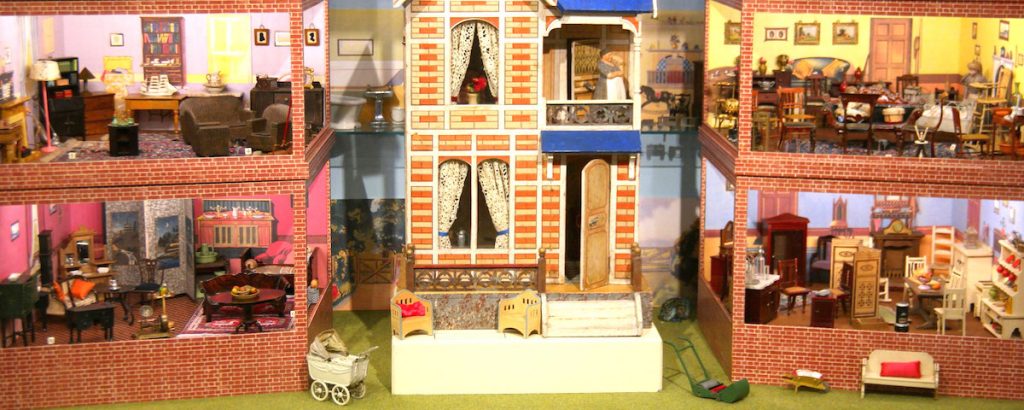
Room after miniature room are filled with miniature people, who Dr. Ruth lovingly rearrange. It gives her joy and comfort, and slivers of the innocence she lost so long ago.
Dr. Ruth’s dollhouses are Jewish homes, with menorahs and other religious symbols. The dolls and furniture are from England — she bought most on trips to London and Europe — and were made in the years between World War I and World War II.
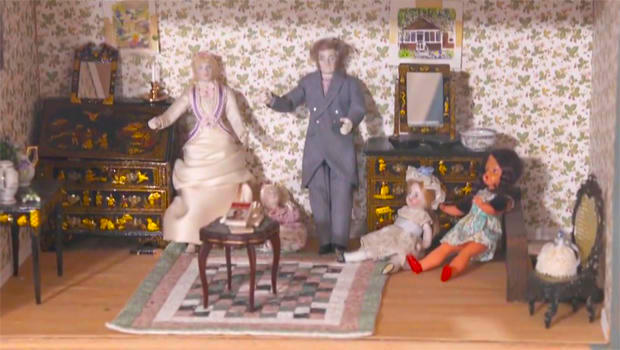
“I’m only interested in those years that were good years,” she says during an interview in her Washington Heights apartment.
The faces on her dolls, she explains, are expressive and wise. “Not like the Barbie doll,” she insists, “because to a Barbie doll, you cannot tell your troubles. She has a stupid face. She’s very fashionable — lots of dresses — but you can’t tell her your problems. These people you can tell your problems.”
She has four grandchildren, but Dr. Ruth’s Dollhouses were never meant for them. They’re hers. The children are not allowed to play with them.
“But this one is good luck,” she said, holding up a tiny chimney sweep figurine in a dollhouse near the apartment entrance. “You can touch him!”
Dr. Ruth was in her late 60s and already a celebrity when a friend in her building began making dollhouses. She asked if she could have one. Now she has two, plus several rooms boxes on bookshelves and a collection of other boxes and tissue holders that double as dollhouses.
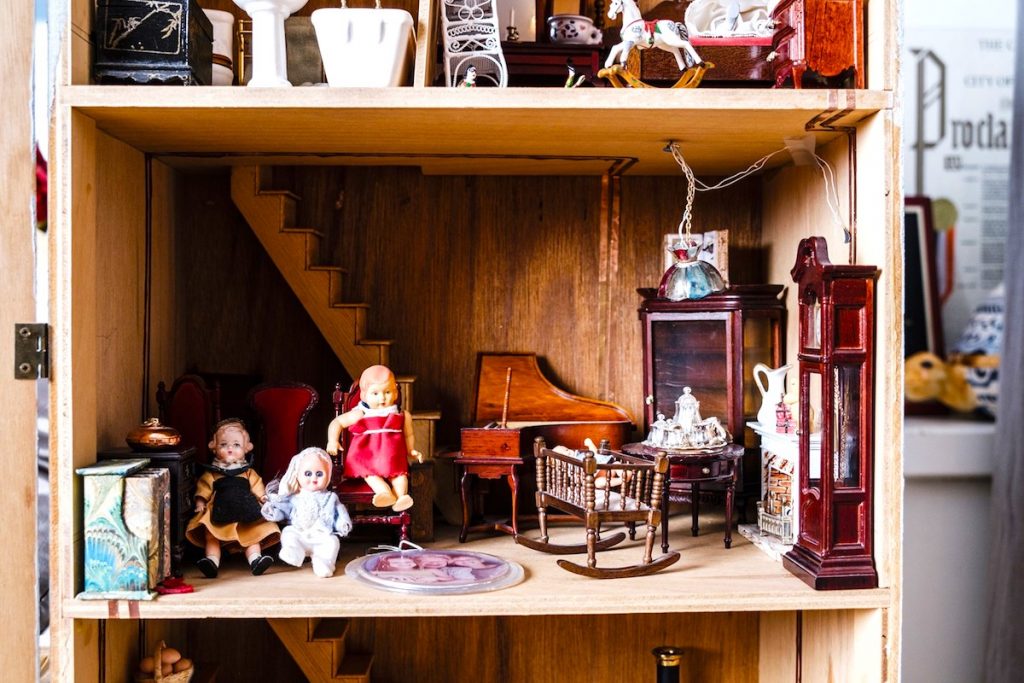
Asked why dollhouses are so important to her, she explained, “Because I control the space in them. I had no control over my life when I was little. I did not want to leave Germany; I did not want to go to Switzerland. With the dollhouses, I have control. I put the parents, and they stay there. I put the children, and they’re going to stay there. It’s not just thinking backward. It’s the comfort of the years propelling me forward. I have control over this life.”
Karola Ruth Siegel was 10 years old in 1939 when she boarded a train leaving Germany with 300 other Jewish children. She brought along one doll, a favorite named Matilda. But a younger child was crying inconsolably, so Ruth gave the little girl her doll, because, “she needed it more.”
Her parents were lower-middle-class Orthodox Jews in Frankfurt. But her childhood was charmed. She remembers having roller skates, baby carriages, 13 dolls, and the undivided attention of her paternal grandmother.
She remembers hearing a neighbor warn in the fall of 1938 that they needed to leave Germany. Her parents tried to shield her from worry, but “I just knew that terrible things were happening,” she says.
After the night of broken glass — she doesn’t use the word “Kristallnacht,” because it sounds too beautiful and rarefied — Nazis came to the door of their first-floor apartment. Westheimer watched from the window as the men marched her father toward a covered truck. Before climbing into it, he turned around to look at his daughter. She waved, and he waved back. Then he smiled.
“Because he didn’t want me to cry,” she said.
Frightened and sad, she hugged her mother and was loaded onto the train in January 1939. As it pulled out of the station, she began to lead the other crying children in familiar songs. The lyrics that stick in her mind today are, “God doesn’t sleep . . . no slumber.”
She knew that she needed to distract the children from their tears, she says, “because I remembered how my father turned around and smiled.”
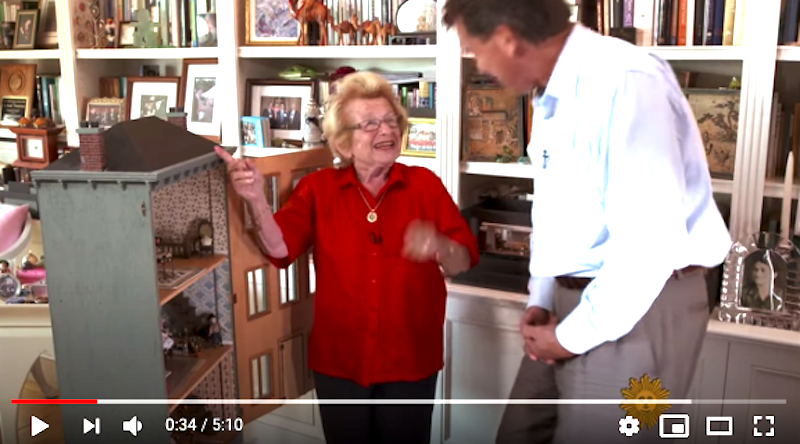
You may also my post on Kathleen Holmes’s A Mid-Century Beauty, the same era Dr. Ruth loves.
*****
I hope you read the complete articles and find the way Dr. Ruth has handled her life as comforting as we have. Here are the links:
Susan Downing, with Patrick Owens
Ellen McCarthy in Washington Post; Matilda Feder on The Lilith Blog; Chip Reed interview.
Susan Downing, with Patrick Owens
_________________________________________________________________________
I invite you to visit my Etsy Shop, MiniDecor & More, where I offer many accessories in 1/12th scale.


